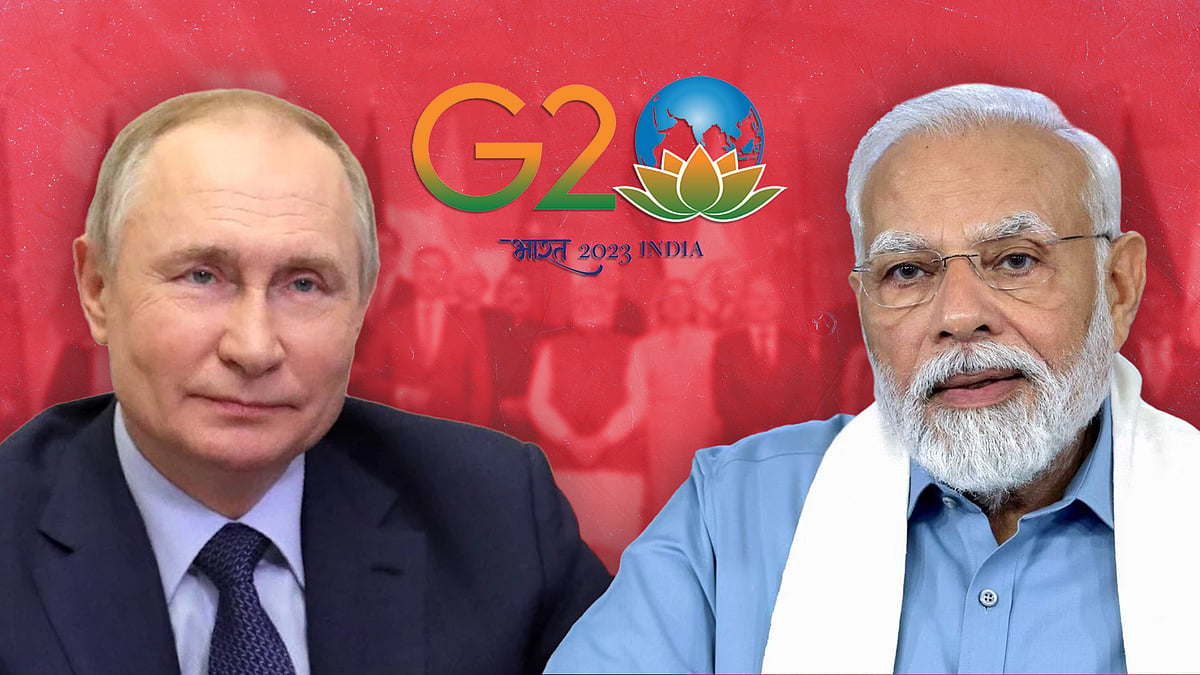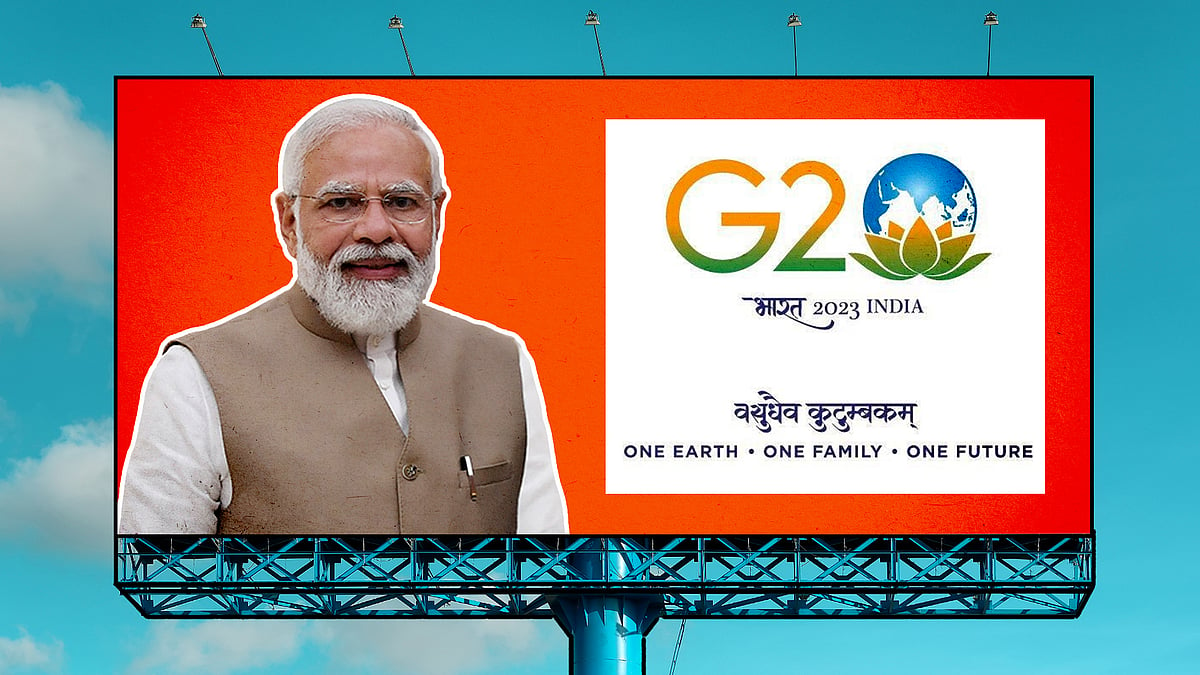No decoupling of border issues, normalcy: India’s firm stand amid China’s map excesses ahead of G20
Beijing’s latest map illustrates Arunachal Pradesh, Aksai Chin and the entire South China Sea as its territory.
“The Chinese alignment, as was apparent from Chinese statements, was inexplicable on the basis of any geographic principle.” In 1960, Sarvepalli Gopal, a historian who had worked in the external affairs ministry and negotiated boundary issues with the Chinese authorities, reflected on being befuddled during the talks.
In the years to come—only a decade-and-a-half since independence—the strangeness of China’s cartographic sense culminated in the Indo-China War. In the decades that followed, despite an upsurge in bilateral trade, the essence of India-China ties has been defined by managing tensions over the border issue. More recently, amid the military standoff in Eastern Ladakh since May 2020, several rounds of diplomatic and military talks have been added to the constant tension-diffusion exercises between the two countries.
Irrespective of such a process, Beijing’s latest act of releasing a map illustrating Arunachal Pradesh, Aksai Chin, and the entire South China Sea as its territory has evoked strong protest from New Delhi as well as several other Asian countries. Along with India, Malaysia, the Philippines, Taiwan, and Vietnam have raised serious objections to what China calls its “routine exercise” of issuing the 2023 Standard Map.
The irritant comes days after Chinese president Xi Jinping and Indian prime minister Narendra Modi briefly met on the sidelines of the BRICS summit in South Africa’s Johannesburg, only a few days before president Xi Jinping’s expected visit to New Delhi for the G-20 summit. In a swift change of plans, China is now sending premier Li Qiang to attend the meeting. While the chances of Xi Jinping skipping the meeting were already speculated to be high, officials in New Delhi have been tight-lipped over the issue in a bid to not let the big event be dampened by talks of some key leaders’ absence. The point remains that the Chinese state will be represented by premier Qiang.
Notably, PM Modi and president Xi Jinping’s interaction in Johannesburg was their first in-person meet since the May 2020 border standoff, if we discount their fleeting meet at the G20 Bali summit in November last year. The details of the latest meeting in Johannesburg are scarce, as both sides didn’t see much point in divulging the takeaways. But officials confirmed that PM Modi had clearly conveyed to president Xi that normal ties can be resumed only after the People’s Liberation Army withdraws its forces from Aksai Chin and the Indian Army’s patrolling rights are restored in Depsang Bulge and in CNN junction in Demchok.
This line taken by India in its latest summit-level talks with China has led many to believe that Beijing’s timing for the release of the map could be a response to India’s resoluteness in standing its ground against any Chinese intention of tinkering with the 3,488 km Line of Actual Control.
Breaking with the past, India this time didn’t overlook China’s old habit of displaying cartographical expansion and registered a protest, only to be advised by the Chinese officials not to “overinterpret” the general exercise of issuing the map. It isn’t, however, difficult to infer that Beijing isn’t at ease with the fact that India has been determined to make the pullback of forces the prerequisite for normalising ties.
If history is any guide, the Chinese approach to doing mutually divergent acts in bilateral engagements is nothing new. This was evident as early as 1954, during the signing of the Panchsheel Agreement. While the then-Indian PM Jawaharlal Nehru and the Chinese premier Chou En-Lai were inking the treaty, China was building a highway that linked Xinjiang to Tibet through Aksai Chin. The Indian government then had no idea about the project, and later the agreement itself became a sign of quixotic frames blinding New Delhi to the realistic assessment of China’s pragmatic conduct of foreign affairs.
In the preceding two decades, coinciding with China’s rise as a global power, some other efforts at resolving protracted border issues lost their way. In 2005, for instance, the agreement between the regional power, India, and the then rising global power, China, to work out a mechanism for finding a solution was long-windedly called Agreement on the Political Parameters and Guiding Principles for the Settlement of the India-China Boundary Question. In the following years, the treaty made little headway, and nothing belied its hopes more than the Chinese attempts at military incursions in East Ladakh in May 2020.
That foregrounds the border question and the withdrawal of Chinese forces, which are key to India smoothing ties with China. In fact, the Johannesburg stand taken by the PM has been preceded by a similar position voiced by India over the last three years.
In March 2022, after a meeting between India’s external affairs minister S Jaishankar and the then-visiting Chinese foreign minister Wang Yi, India’s statement mentioned that it had been communicated to the Chinese foreign minister that bilateral relations had been “disturbed as a result of Chinese actions since April 2020”. In what was a clear expression of India’s assessment of the ties, Jaishankar pinned down the “not normal” nature of the relations to the presence of a large number of troops on the border in contravention of “agreements”, referring to the 1993 and 1996 pacts. This was an “abnormality”, in his words, so the “restoration of normalcy will obviously require the restoration of peace”.
In making it clear that India can’t decouple the border standoff issue from normalising ties with China, India has been clear in not losing sight of how territorial integrity ranks above other mutual interests. The strong objections to Beijing’s cartographical excesses fit into the same response. At the same time, India has to ensure that such bilateral irritants don’t get in the way of hosting an essentially multilateral group summit of the G20 this month, where economic concerns and interests of the member states have to take precedence over the geopolitics of the region.
 G20 summit: India steers focus to bloc’s economic mandate, resists geopolitics on Ukraine
G20 summit: India steers focus to bloc’s economic mandate, resists geopolitics on Ukraine India’s G20 presidency: Government incurs expenses of Rs 50.6 crore on outdoor ads
India’s G20 presidency: Government incurs expenses of Rs 50.6 crore on outdoor ads